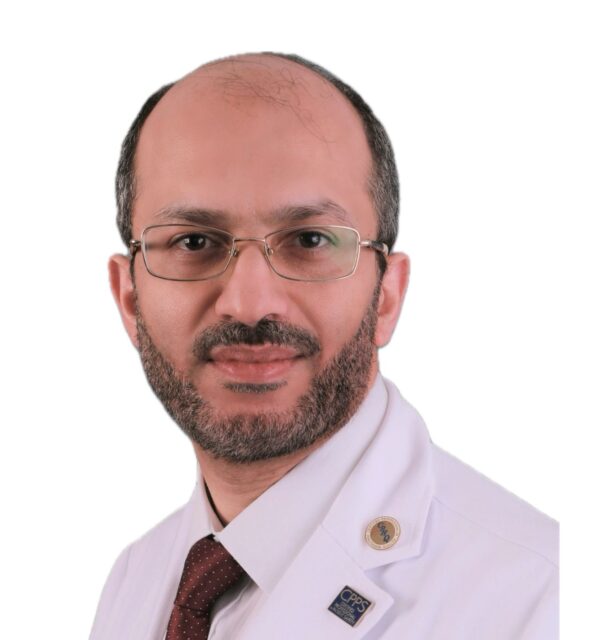As part of the Kingdom of Saudi Arabia’s healthcare transformation journey, this poster outlines an innovative approach to integrating virtual health services at King Fahad Specialist Hospital-Dammam (KFSH-D). Leveraging the PDSA cycle for continuous quality improvement, the project aimed to enhance access to high-quality care through virtual healthcare integration. Through process improvement methodologies and stakeholder engagement, the project achieved significant utilization improvement, with virtual visits increasing from 1,402 in February 2023 to 6,044 by February 2024, reflecting a 331.24% rise in utilization. This underscores the effectiveness of our strategic interventions in virtual healthcare.
Problem: The transformation journey towards mandating the use of virtual clinics at KFSHD began with significant challenges: the absence of a dedicated team, limited physician buy-in, resistance,& lack of governance policies. These issues contributed to integration difficulties, adversely affecting compliance, & impeding access to quality care, underscoring the need for strategic interventions to enhance service delivery.
Measurement: To measure our project’s impact, we employed Key Performance Indicators (KPIs) and dashboard analytics for quantitative analysis, alongside fishbone diagrams for root cause identification. Additionally, direct feedback from healthcare providers offered invaluable insights, creating a comprehensive assessment framework for KFSHD’s virtual clinic services.
Analysis: The analysis involved utilizing PowerBI to track two KPIs: clinic utilization per specialty &per physician and Practitioners no-show rate. Data was exported to Excel for further analysis. Run charts were used to illustrate trends over time. Analysis was conducted to measure the effectiveness of implemented strategies and adjust the plan accordingly.
Implementation: The PDSA cycle guided our approach, from team formation, policy development, service design, stakeholder engagement, appointment scheduling redesign, provider training, utilization monitoring, and performance evaluation. We addressed resistance through targeted training and communication, ensuring stakeholder alignment with the project goals and health transformation directions.
Results/Discussion: Virtual visits increased by 331.24%, from 1402 in February 2023 to 6044 in February 2024. The no-show rate decreased from18% to 4.7% during the same period. Critical tools included KPI tracking and stakeholder feedback. Our plan includes expanding and opening new virtual services such as teleconsultation, alongside assessing patient satisfaction.

